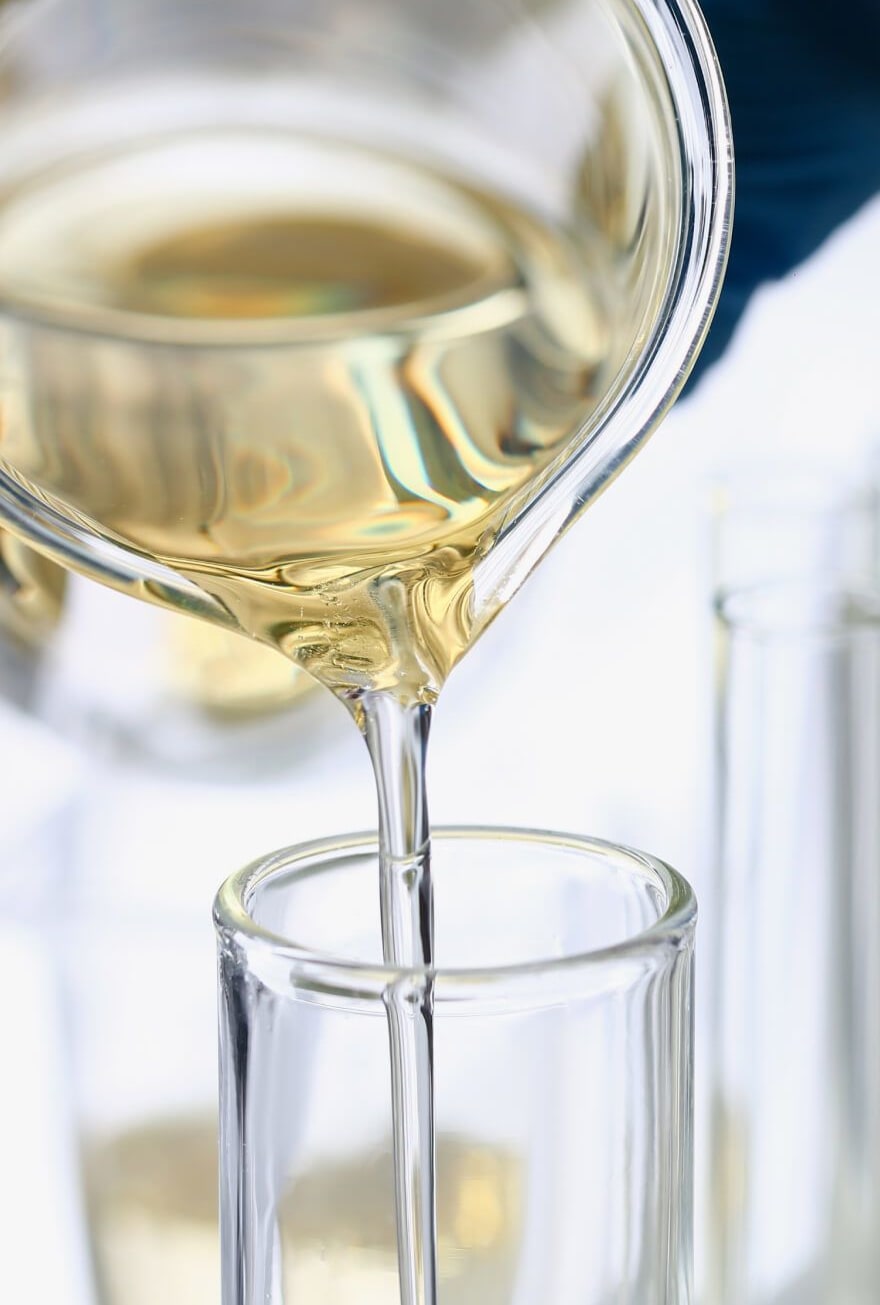Knowde Enhanced TDS
Identification & Functionality
- Chemical Family
- Chemical Name
- Fluids & Lubricants Functions
- CAS No.
- 68603-42-9
- EC No.
- 271-657-0
- Technologies
Features & Benefits
- Fluids & Lubricants Features
- Product Benefits
STEPAN® MWA Products Product Class Functional Characteristics Emulsification Lubricity Antifoaming Metal Cleaning Hard Water Tolerance Antimisting Corrosion Inhibition Coupling Agent 400 Series Amides X X X
Applications & Uses
- Markets
- Fluids & Lubricants Type
- Fluids & Lubricants End Use
- Applications
STEPAN MWA-450 is a cochin oil-based amide produced via type 1:1 reaction between one mole of the ester of the fatty acid and one mole of the diethanolamine used as an emulsifier in soluble oils, synthetic and semisynthetic metalworking fluids. It can be used as a component of lubricants, gear and chain oils, metalworking fluids, hydraulic fluids, and plasticizers. STEPAN MWA-450 can helps tighten emulsions, improves rust prevention and provide lubricity. STEPAN MWA-450 should be considered as a component for soluble oils where sodium sulfonates are not used.
Properties
- Physical Form
- Appearance
- Amber colored, viscous liquid (at 25°C)
- Typical Properties
| Value | Units | Test Method / Conditions | |
| Actives Content | 100 | % | — |
| Boiling Point | min. 150 | °C | — |
| Cloud Point | -1 | °C | — |
| Color | max. 4 | — | Gardner Scale |
| Density | 0.995 | g/ml | — |
| Flash Point | min. 94 | °C | PMCC Flash Point Tester |
| Free Amine (as DEA) | 4.4 | % | — |
| Freeze Point | 0 | °C | — |
| pH (in 1% aqueous) | 10.7 | — | — |
| Pour Point | 3 | °C | — |
| Regulated Volatile Organic Chemicals | 0 | % | U.S. EPA |
| Viscosity (at 25°C) | 1172 | cPs | — |
| Viscosity (at 60 °C) | 129 | cPs | — |
Regulatory & Compliance
- Certifications & Compliance
- Chemical Inventories
- Clearances
The international inventories (country clearances) of STEPAN MWA-450 can be found in Section 15 of the Safety Data Sheet (SDS). It is the responsibility of the formulator to review the chemical control regulations for each country where the end-product is intended to be sold or used.
Safety & Health
- Health Effects
STEPAN MWA-425 is practically non-toxic orally (LD₅₀ is between 5 and 10 g/kg) and causes mild skin and moderate eye irritation. See SDS for more information.
Packaging & Availability
- Packaging Type
- Standard Packaging
STEPAN MWA-425 is available in drums.
Storage & Handling
- Storage & Handling
- Storage & Normal safety precautions (e.g., gloves and safety goggles) should be employed when handling STEPAN MWA-425. Contact with the eyes and prolonged contact with the skin should be avoided. Wash thoroughly after handling material. See SDS for more information.
- Non-Bulk Storage Information: It is recommended that STEPAN MWA-450 be stored in sealed containers and kept at temperatures not exceeding 120°F (49°C). As with all DEA amides, if overheating does occur, amide ester will be formed. To reverse the reaction, STEPAN MWA-450 should be stored at room temperature for approximately one week. Failure to do so may result in formulation products with decreased foam and low viscosity.
- Bulk Storage Information: Tanks, piping and centrifugal pumps of carbon steel are recommended. Recommended storage for bulk tanks is 85-105°F (29-41°C).
- Workplace Exposure
Occupational exposure can occur primarily through skin contact or via inhalation of vapors and mists. Engineering controls, personal protective equipment, and other workplace practices should be used to control these exposures.

